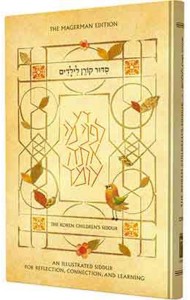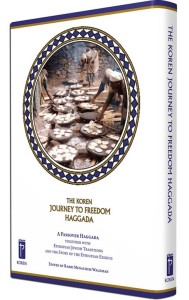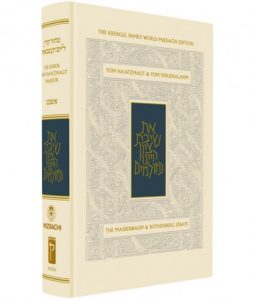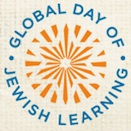 Some of you have had your kids back in school for a while, around here we started September 1. In honor of the new year I am posting a review of the Koren Children’s Siddur.
Some of you have had your kids back in school for a while, around here we started September 1. In honor of the new year I am posting a review of the Koren Children’s Siddur.
Since my kids were fairly small we’ve had a ritual for davening on shabbat -one of the few days where I get to daven with them- which largely consists of getting dressed, davening, and then a shabbat treat. Over the years we have added things into the mix. For instance, I often ask them “what do you want to thank Hashem for” or “Who do you want to daven for.” Over time, they have gained some sense of “tefilla shebalev ” and always astonish me with their questions about particular words in prayers. However, tefilla can still be overwhelming for children and I was pleased to see the Koren Children’s Siddur and use it with them.
The illustrations are very different than other children’s siddurim, making it an interesting change for children. The layering, textures, and depth of the watercolor design by Rinat Gilboa draw a child in. There are also section icons to help a child find the right place, or do a certain action, I am not sure how helpful these really are for a pre-reading set, but my reader did make use of them.

What is extremely useful in this siddur, is the set of questions that run throughout the siddur. These are largely open ended questions that in some way relate to the prayer on the page nearby. They are usually color coded to match some text in the prayer. I tested some of the questions with my kids, and enjoyed seeing how they enhanced their understanding of the particular tefilla as well as hearing their follow up questions. I always enjoy that, because our discussions make me consider a tefilla more in depth. I could see the educators involved in this project creating a supplemental set of question cards to expand the set of questions. This would be useful because while children tend to like repetition, they also need variation to stimulate new conversation.
I had two additional thoughts regarding this siddur. There isn’t anywhere in the siddur which indicates the intended age range. I used it with children between the ages of 4-8. For the younger child, we asked a few questions as we were davening our usual abridged version of davening. Overall the tefillot we daven were there, although some were more abridged than we normally daven. Since he can’t read anyway, it did not really matter so much. I liked that the shabbat verses we add from shmonah esreh were in the siddur, as most children’s siddurim do not include them. Also that an abridged version of the prayer for the state of Israel was included.

My older child, however, who can read, started to daven herself, and I asked from time to time, what question was on the page she was davening, and what did she think about it. She was davening her abridged version of tefilla that is common in her school for second grade. Some of those tefillot were not represented in this siddur. This led me to wonder, what ages does this siddur target? Is this pre-kindergarten until about first grade? And how were the selections chosen? There is an educators guide which might explain these issues, but I have not seen it.
Overall I love this siddur. It is not the only one we will be using, for instance, we will continue to use the Yahadudes siddur during the week, and Mibereshit siddur, but I love that the siddur integrates thoughtful questions into the design. My kids like this siddur as well and I imagine that this siddur will get well worn with use.
Image Rights: Koren Publishers





Add a Comment